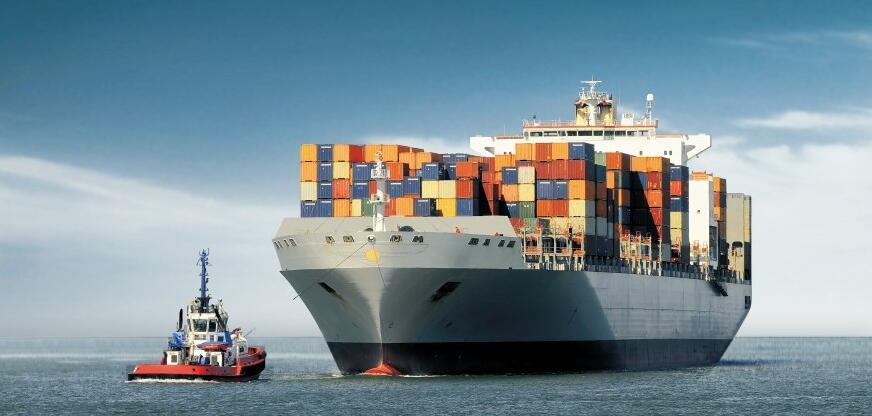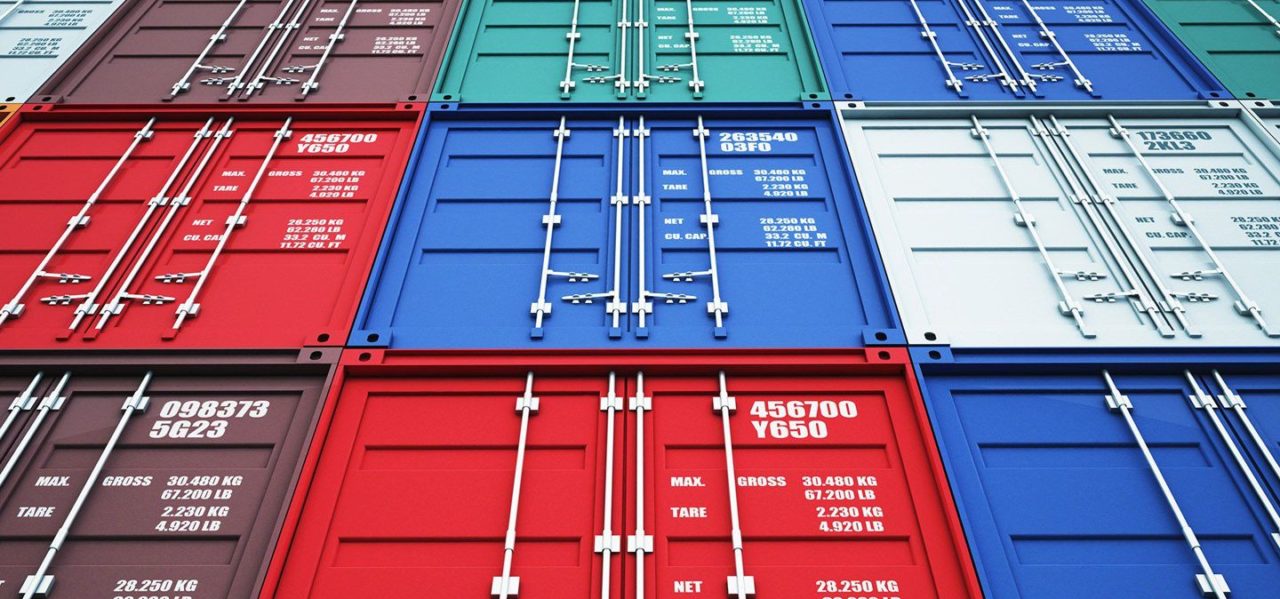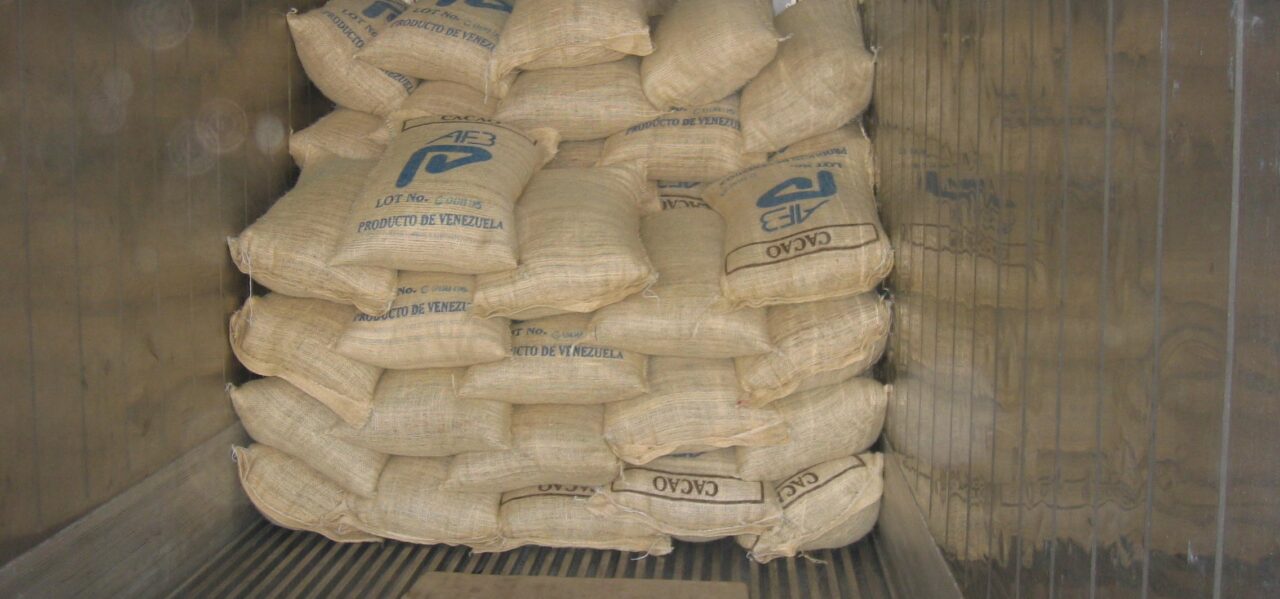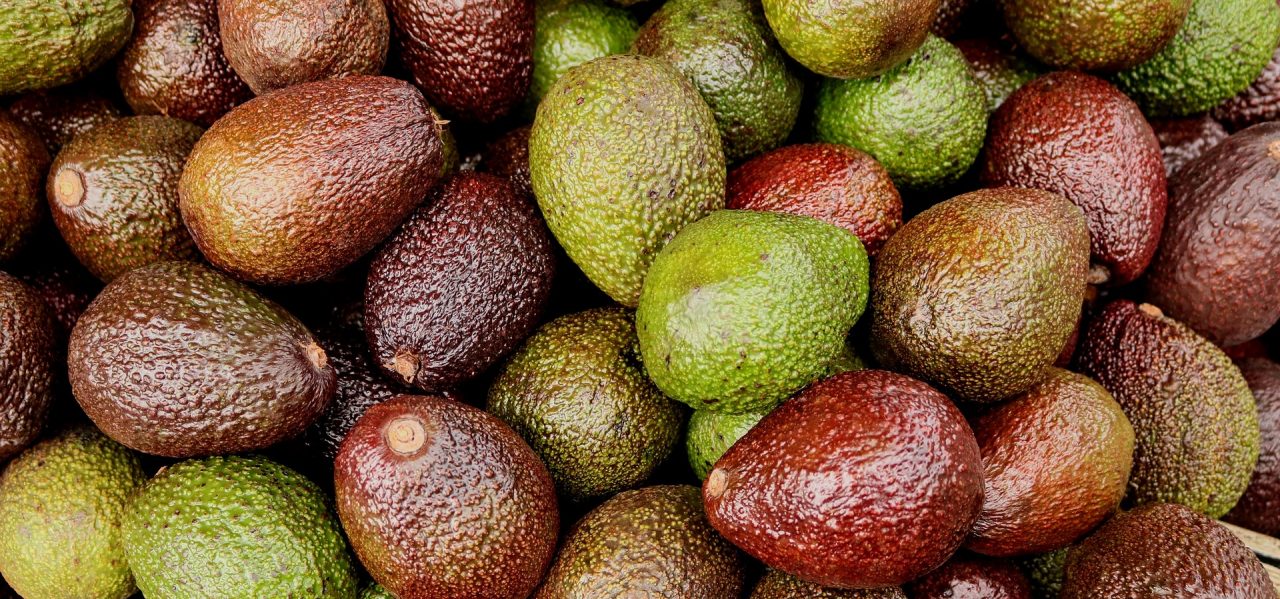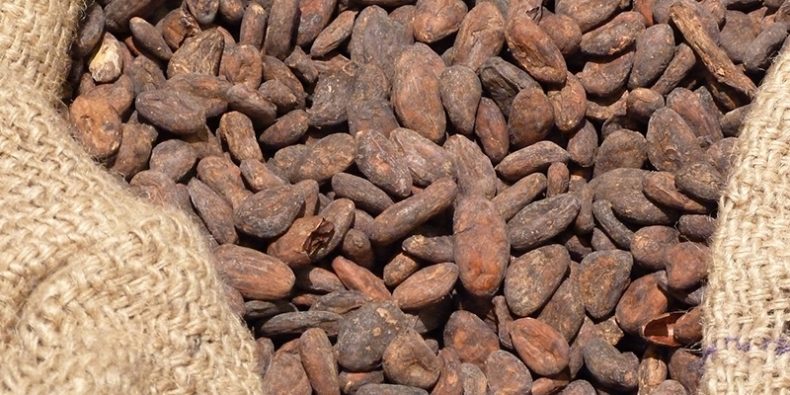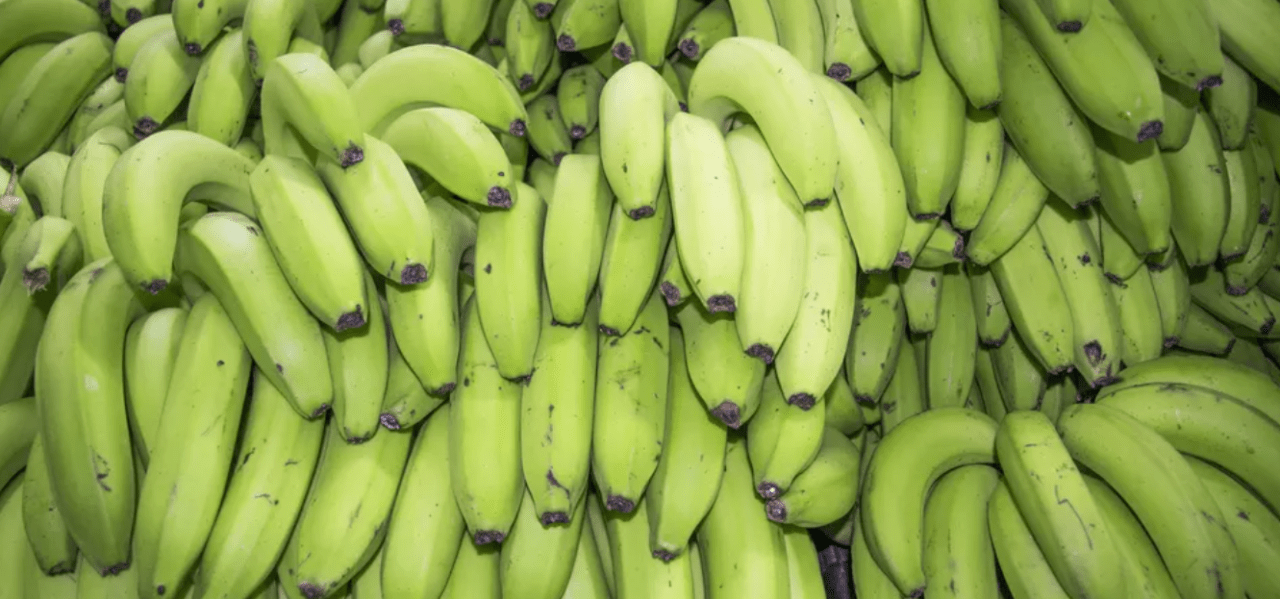FUMIGATION OF FOODS IN TRANSIT WITH PHOSPHINE: FIRE RISK IN CONTAINERS AND
BULK CARGO. STUDY OF CASES
Phosphine (hydrogen phosphide or PH3) have found an extended use for fumigation in transit in containers and holds of vessels, both for packaged and bulk cargo. Commodities that are frequently fumigated in transit include grain, oilseeds, tobacco, beans, cacao, coffee and many agricultural products.
Phosphine is very toxic to humans as well as for insects and all kind of animal life. Its application must be done by authorized fumigation firms and trained personnel, using adequate equipment and procedures. In Venezuela, fumigation must be accomplished only by firms registered and authorized by the Ministry of Health.
In this paper technical information for phosphine as fumigant for food products and the precautions to be taken when fumigation in transit is performed in order to prevent fire is presented. Two cases were studied and analyzed, one concerning a fire of black beans in plastic bags stuffed in a dry container and other case involving a fire of a cargo of pollard pellets in bulk, both fumigated in transit.
Phosphine fumigation: fire risk
FUMIGACIÓN DE ALIMENTOS EN TRÁNSITO CON RIESGO DE INCENDIO POR FOSFINA EN CONTENEDORES Y CARGA A GRANEL. ESTUDIO DE CASOS
La fosfina (fosfuro de hidrógeno o PH3) ha encontrado un uso prolongado para la fumigación en tránsito en contenedores y bodegas de buques, tanto para carga envasada como a granel. Las mercancías que se fumigan con frecuencia en tránsito incluyen granos, semillas oleaginosas, tabaco, frijoles, cacao, café y muchos productos agrícolas.
La fosfina es muy tóxica para los humanos, así como para los insectos y todo tipo de vida animal. Su aplicación debe ser realizada por firmas de fumigación autorizadas y personal capacitado, utilizando equipos y procedimientos adecuados. En Venezuela, la fumigación debe ser realizada solo por firmas registradas y autorizadas por el Ministerio de Salud.
En este documento, se presenta información técnica sobre la fosfina como fumigante para productos alimenticios y las precauciones que se deben tomar cuando se realiza la fumigación en tránsito para evitar incendios. Se estudiaron y analizaron dos casos, uno relativo a un incendio de frijoles negros en bolsas de plástico embutidas en un contenedor seco y otro que involucra un incendio de una carga de pellets de pollard a granel, ambos fumigados en tránsito.
Phosphine fumigation: fire risk
